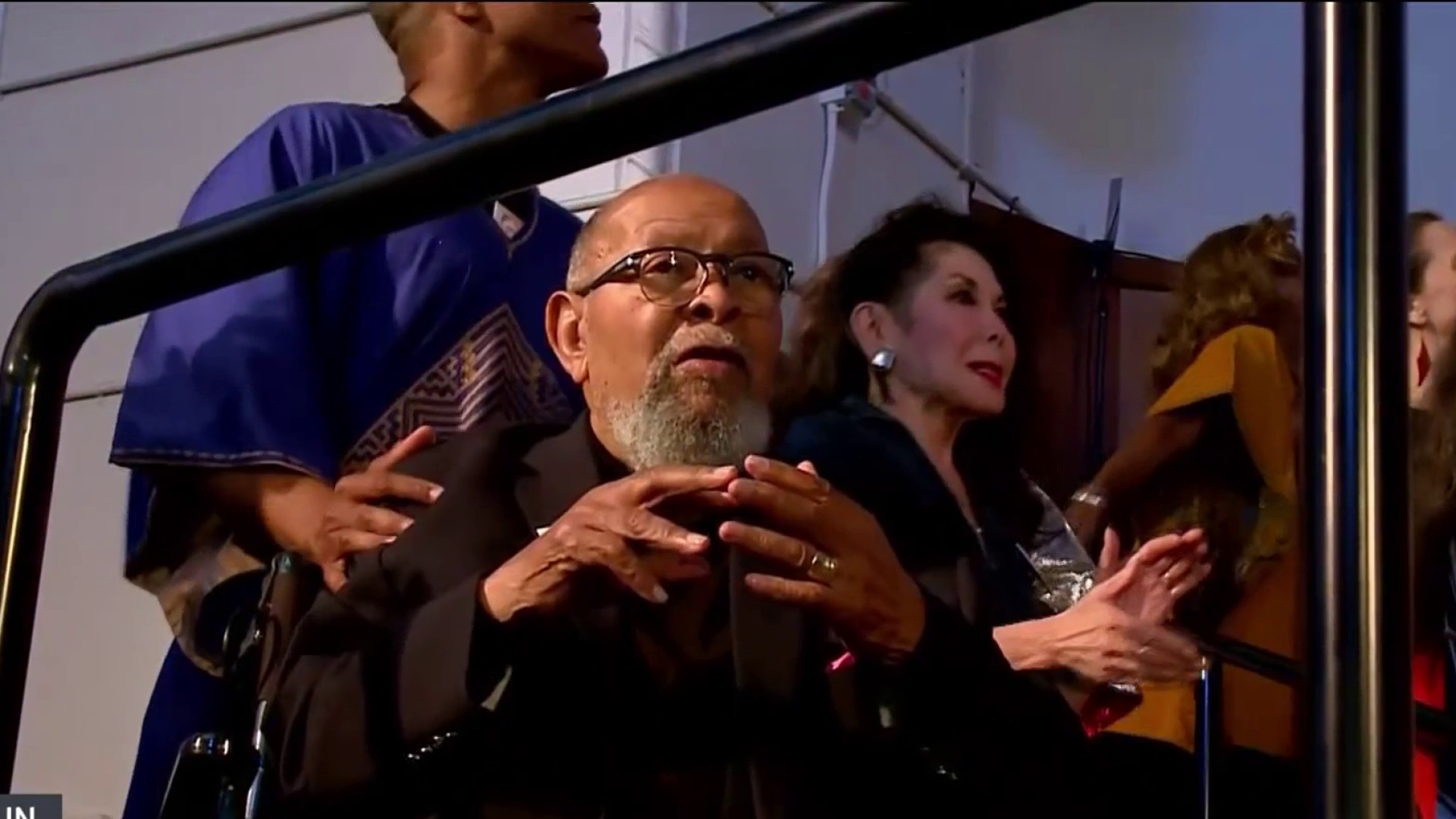Tony Anello paced the Bodega Bay dock where his boat Anabelle sat languishing in its slip -- bobbing alongside a packed house of fellow crab boats. Anello says the docks would normally be empty this time of year -- crabbers would be out hauling in their crab pots to satiate the Thanksgiving demand.
But this year's crab season is, so far, in shambles after the state indefinitely delayed its start following tests detecting domoic acid in the region's beloved Dungeness crabs.
"Well, it's a big hit," Anello said, "because we're coming off a real poor salmon season."
The hopes of crabbers were buoyed this week after the state said new tests showed crabs in some areas were clean of domoic acid, a poisonous toxin in shellfish created by harmful algae. But Anello cautioned against hopes the season would open soon.
"Until then, we don't really want to jump the gun," Anello said. "We want to make sure we have an all-clear test and that everybody goes at a fair start."
With the season in doubt, Anello warned of dire consequences for many of the crab boat crews who are struggling without work.
"There's a lot of guys that are -- unfortunately, they're going to be in really bad shape," Anello said. "It's going to be devastating to a lot of people."
That sentiment was echoed by Angel Cincotta, who along with her two sisters, owns the Alioto-Lazio Fish Company on San Francisco's Fisherman's Wharf, where crab-filled tanks harken back generations.
Local
"Yes, this hurts," Cincotta said. "It hurts not just the fishermen, it hurts the processors, it hurts everyone."
Thanksgiving may mean a turkey dinner to most, but many Bay Area shellfish lovers prize their crab for the Thanksgiving table. Cincotta has fielded a non-stop stream of customer questions about the safety of the crabs in her tanks which she's quick to point out come from out-of-state.
"Crabs are currently coming out of Washington and Alaska," Cincotta said, "out of certified clean waters, so they're safe to eat."
Scientists are closely monitoring the domoic acid situation, which is another marine life anomaly connected to unusually warm waters gathered off the coast of Northern California. Since last year, researchers have tracked what's become known as the "warm blob," a large patch of warm water that has attracted species normally seen in further south like pelagic red crabs, dolphins and sun fish.
Scientists also blame El Niño for warming up the waters which have created the harmful algal blooms that have led to sea lions and common murres turning up malnourished on Bay Area beaches. Researchers point out the same type of algae events have caused the domoic acid build-up in the crabs.
"The plankton is dying and falling," said UC Davis Oceanography professor John Largier, and it's "getting eaten by other things which are getting eaten by the crab."
Largier said ocean monitors at the UC Davis-run Bodega Bay Marine Laboratory show the amount of harmful algae is now dissipating, which he said should soon result in a clean bill of health for Dungeness crabs.
"Even recently, we haven't seen high levels," Largier said, "so it must've been a brief event to affect the crab locally."
Anello said, while some areas in Northern California have turned up clean tests on the crabs, others have not. He urged the state to wait until all the fishing grounds test clean before opening the season – to avoid the risk of anyone getting sick from eating the crabs and scarring the entire industry.
"There's nothing we can do about it," Anello said, "other than waiting until it's clear."



